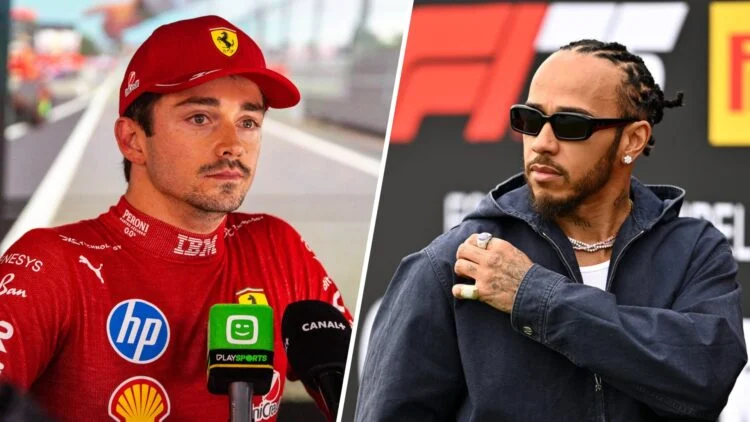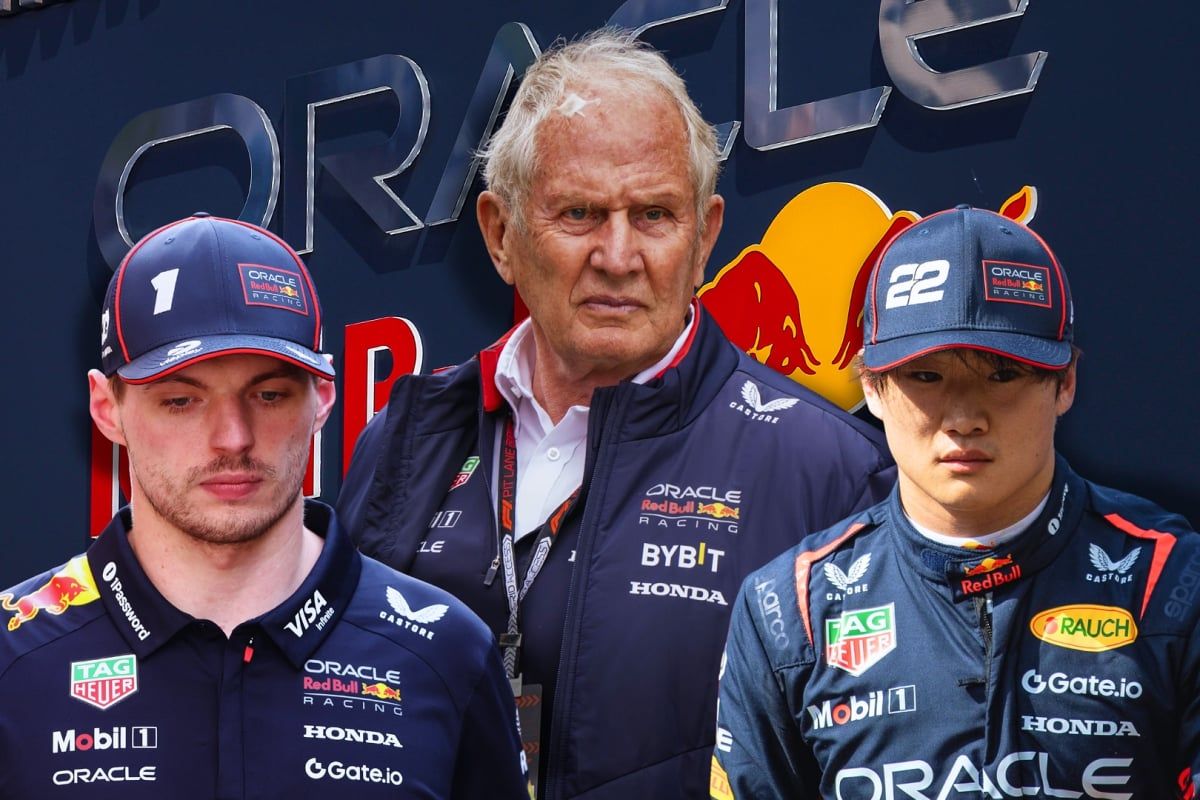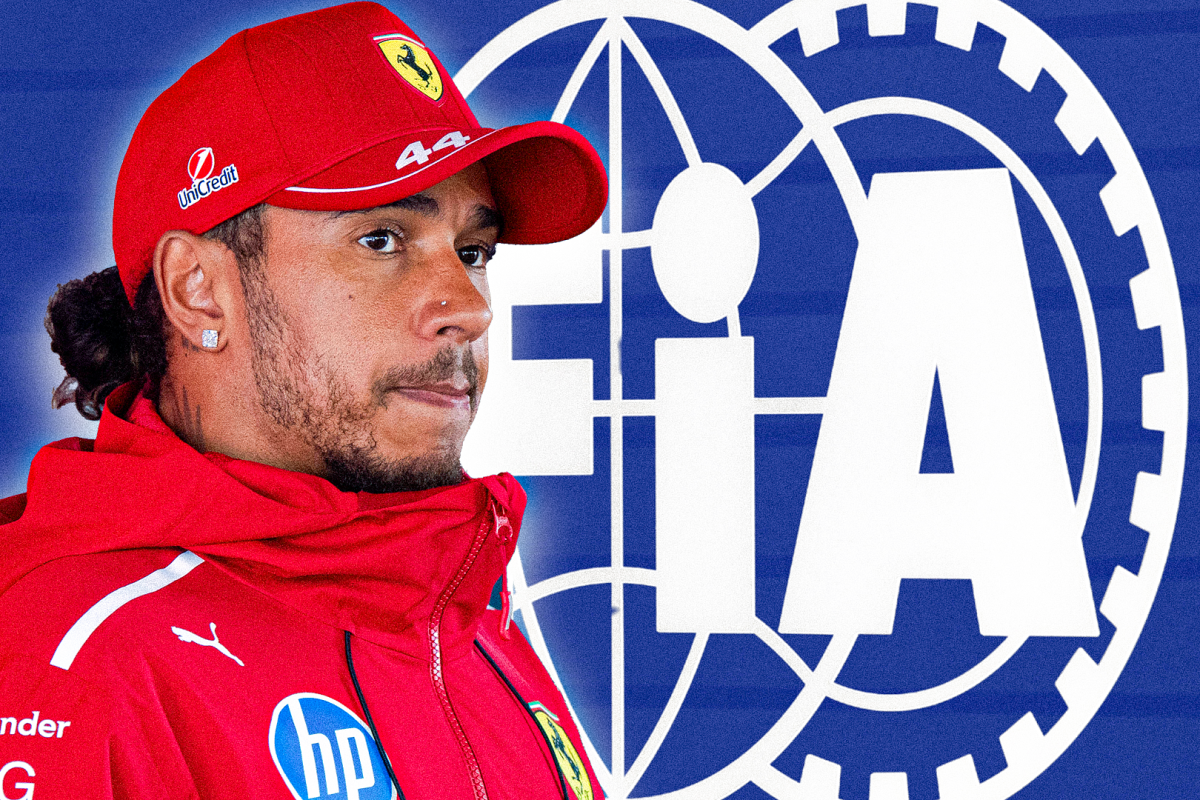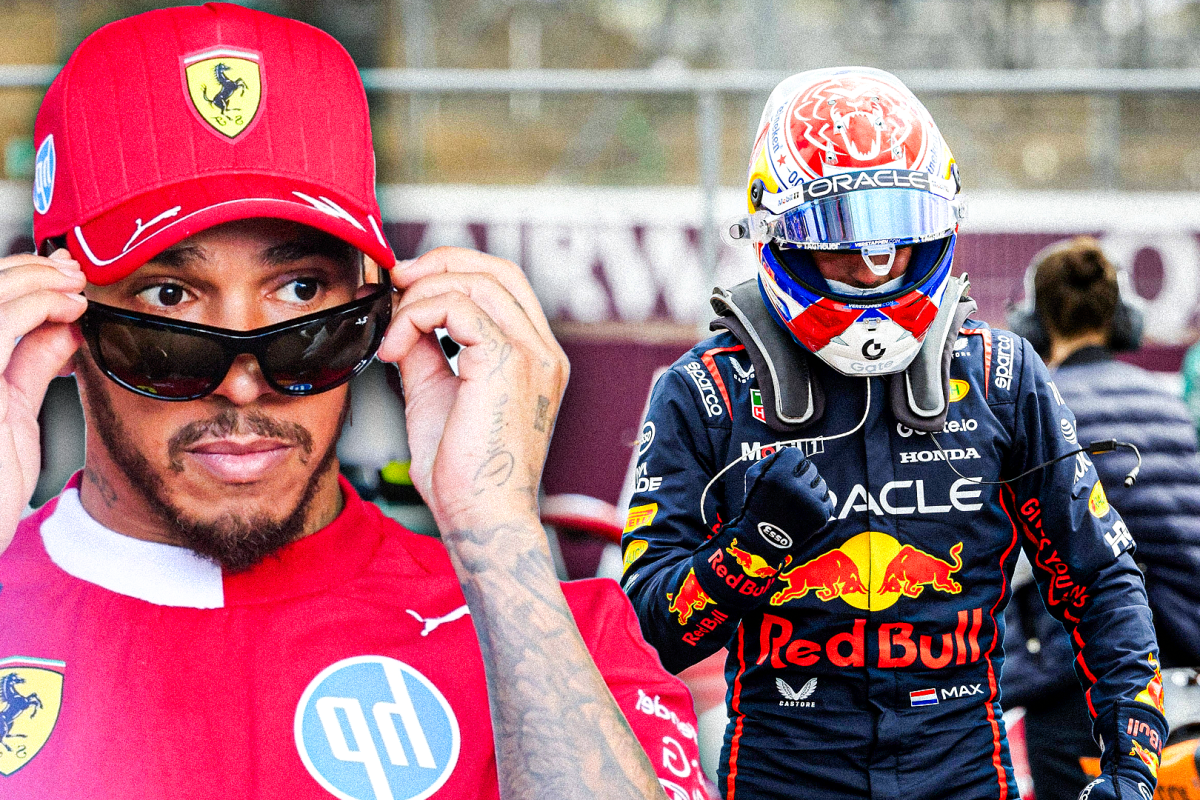Charles Leclerc is now ‘annoyed’ by one thing he’s noticed Lewis Hamilton make F… read more
The air in the Ferrari garage crackled with a tension that belied the team’s outwardly projected optimism. The signing of Lewis Hamilton, a seven-time world champion, alongside Charles Leclerc, a prodigious talent brimming with raw speed and unwavering ambition, was supposed to be a masterstroke, a potent combination that would finally propel Ferrari back to the pinnacle of Formula 1. Instead, an unforeseen dynamic was brewing, one rooted not in outright conflict between the drivers, but in a subtle, yet increasingly irritating, shift in the team’s operational rhythm dictated by Hamilton’s meticulous approach. Charles Leclerc, initially thrilled at the prospect of partnering with such a legend, was now openly annoyed, his frustration simmering beneath a veneer of professional composure.
The source of Leclerc’s irritation wasn’t a clash of personalities or a battle for supremacy on track. Instead, it stemmed from the seemingly endless stream of requests and adjustments Hamilton initiated, each demanding meticulous attention from Ferrari’s already stretched engineering team. Hamilton, renowned for his fastidious preparation and his unwavering commitment to optimizing every minute detail of his car’s setup, had implemented a level of scrutiny that, while undeniably effective for him, was beginning to overwhelm the team’s resources. While Leclerc appreciated the pursuit of perfection, he felt the balance had tipped too far, diverting valuable time and energy away from his own car’s development and potentially hindering the team’s overall progress.
The difference in their approaches was stark. Leclerc, while demanding, operated with a more streamlined and intuitive style, trusting his engineers’ initial setups and focusing on adapting his driving to optimize the car’s performance. Hamilton, on the other hand, approached each session with a forensic level of detail, requesting minute adjustments to everything from steering wheel ergonomics and seat positioning to the precise angle of his mirrors and the stiffness of his brake pedal. These requests, while seemingly insignificant in isolation, accumulated into a substantial workload for the engineers, who were constantly juggling Hamilton’s demands alongside the usual demands of race preparation and car development.
The issue wasn’t simply the number of requests; it was the meticulous nature of each one. Where Leclerc might accept a small compromise or rely on his own feel for the car, Hamilton demanded precise data analysis and multiple iterations to achieve the exact setup he envisioned. This extended beyond simple adjustments; it bled into areas like tire strategy and aerodynamic configurations, often resulting in lengthy discussions and simulations that consumed precious time. The engineers, caught in the middle, found themselves spending disproportionate amounts of time catering to Hamilton’s demands, leaving less time to focus on Leclerc’s needs and the overall development of the car.
Leclerc’s annoyance stemmed not from jealousy or a sense of being sidelined, but from a growing concern that Hamilton’s meticulous approach was undermining the team’s efficiency. He understood the value of Hamilton’s input and acknowledged his legendary status, but he felt that the team’s resources were being disproportionately allocated, hindering the progress of both drivers. The frustration was further amplified by the knowledge that Ferrari’s championship aspirations hinged on the seamless collaboration of both drivers and the efficient utilization of the team’s resources. The constant demands, while ultimately benefiting Hamilton, threatened to create an imbalance that could ultimately harm Ferrari’s chances of success. The question facing the team was how to balance Hamilton’s proven ability to extract maximum performance from the car with the need to maintain a fair and efficient working environment for both drivers, ensuring the collective progress of the entire Ferrari organization. The simmering tension highlighted the delicate balance required to manage two exceptionally talented and demanding drivers within a highly competitive environment.




